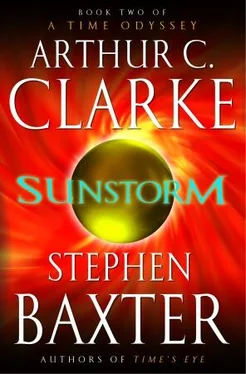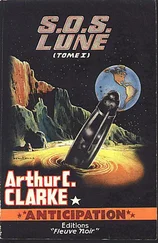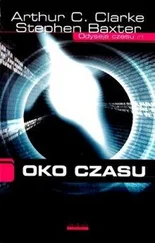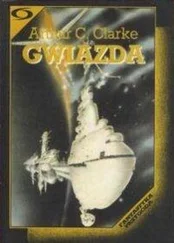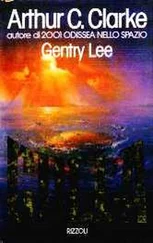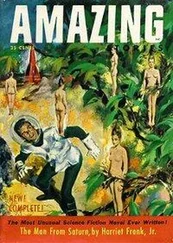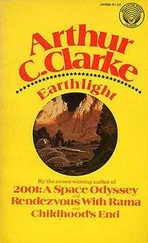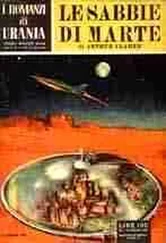“I think most people will behave pretty well,” Maria said. “People generally do, you know.”
They listened to the President’s words.
***
“What will happen in April 2042 is unprecedented,” President Alvarez said. “So far as our experts can tell, there has been no event like it in the recorded history of humankind, or indeed in the silent eons before us. In a single day the sun will inflict on the Earth as much energy as it would normally transmit to us in a year. The scientists call this the sunstorm, and the name strikes me as apt.
“The consequences for Earth, and indeed for the Moon and Mars, are grave. I will not spare you the full truth. We face the sterilization of the surface of Earth—the elimination of all life—and the blasting away of the air and the oceans. Earth will be left like the Moon. There are links attached to this message that will give you all the details we have; there are to be no secrets.
“We clearly face a mortal danger. And it is not just ourselves who are at risk. In these times of a widening ethical horizon, a development I have always supported, we will not forget the threat posed to the creatures who share this Earth with us, and without whom we could not survive ourselves—and indeed the newest kind of life to arrive on our world, the Legal Persons known as Aristotle and Thales through whom I am speaking to many of you now.
“This is a terrible message, then, and it grieves me to have to be the one to deliver it.” She leaned forward. “But, as I told you, there is hope.”
***
Mikhail and Eugene sat in the Clavius canteen, lukewarm cups of coffee on the table before them. The face of the President, relayed from Earth, was projected from a big wall-mounted softscreen. The canteen was all but deserted. Even though most people here at Clavius knew almost everything Alvarez had to say before she opened her mouth, it seemed that they preferred to absorb the bad news alone, or with those closest to them.
Mikhail wandered to the big picture window and looked out at the broken landscape of the crater floor. The sun was low, but the rim mountains that shouldered over the horizon glowed with light, as if their peaks were coated with burning magnesium.
Everything he saw in this landscape was a product of violence, he thought: violence from the tiny impacts of the micrometeorites that even now sandblasted the ground, scaling up all the way back up to the sculpting of great basins like Clavius, and the unimaginably savage collision that had split the Moon from the Earth in the first place. Over the brief lifetime of humanity, this little corner of the cosmos had been relatively peaceful, the solar system turning like orderly clockwork about the faithful light at its heart. But now the ancient violence was returning. Why should humans have ever imagined it had gone away in the first place?
He glanced up to find the Earth, which rode a quarter of the way up the sky. It was a matter of regret for him that the Earth was so difficult to see from Shackleton, down at the pole. As seen from here at Clavius, Earth, tens of times brighter than the full Moon in its own skies, bathed the shadowed lunar lands with a silver-blue light. The home world’s phases, always the mirror image of the Moon’s, followed a stately monthly cycle, but unlike the Moon, Earth spun on its axis every day, bringing new landforms, oceans, and cloud formations into view. And of course, unlike the Moon’s slow journeying, the Earth never shifted from its position in the lunar sky.
After April 2042 the Earth would still be hanging up there, just as it always had. But he wondered how it would look then.
Eugene continued to watch the President’s broadcast. “She’s being vague about the date.”
“What do you mean?”
Eugene glanced at him. Today that lovely face was contorted by a stress Mikhail hadn’t seen before. “Why doesn’t she just say April 20? Everybody knows. ”
Evidently not, Mikhail thought. Perhaps Alvarez had some psychological motivation in mind. Maybe overprecision would make the whole prospect too scary—it would start doomsday clocks ticking in people’s heads. “I don’t think it matters,” he said.
But to Eugene, author of the prediction, it evidently did.
Mikhail sat down. “Eugene, it must be very strange for you to hear the President herself speaking to the whole human race about something that you figured out.”
“Strange. Yes. Something like that,” Eugene said, his speech rapid and broken. He held his hands parallel before him. “You have the sun. And you have my model of the sun.” He locked his fingers together. “They are different entities, but they connect. My work contained predictions that were borne out. So my work is a valid map of reality. But it is only a map.”
“I think I understand,” Mikhail said. “There are categories of reality. Even though we can predict it to nine decimal places, we can’t imagine the sun’s peculiar behavior actually intervening in our cozy human world.”
“Something like that,” Eugene said uneasily. His big hands plucked at each other, a man’s hands but a child’s gesture. “Like the walls between model and reality are breaking down.”
“You know, you’re not the only person who feels this way, Eugene. You aren’t alone.”
“Of course I’m alone,” Eugene said. His expression closed up.
Mikhail longed to hold him, but knew he must not.
************
______
The President said, “We intend to build a shield in space. Made of the finest film, it will be a disk wider than the Earth itself. It will be so vast, in fact, that as it begins to take shape it will be visible from every home, every school, every workplace on Earth, for it will be a human-made structure as big in our sky as the sun or the Moon.
“I am told it may even be visible, to the naked eye, from Mars. We will indeed be stamping our mark on the solar system.” She smiled.
***
Siobhan thought back to the session with her “motley crew” in the Royal Society, where Aristotle had first come up with the notion.
The idea couldn’t have been simpler, in principle. On a sunny day, if the light was too strong, you put up a parasol. So, for protection from the storm, you would build a parasol in space, a mighty cover big enough to shield the whole Earth. And on that crucial day, humankind would shelter safely in the shadow of an artificial eclipse.
“Its center of gravity would be at L1,” Mikhail had said. “Between sun and Earth, co-orbiting.”
Toby asked, “And what is L1?”
L1 is the first Lagrange point of the Earth—sun system. An object circling between Earth and the sun, such as Venus, follows its orbit more rapidly than Earth. But Earth’s gravity field tugs at Venus, though much more feebly than the sun’s. Put a satellite much closer to the Earth—about four times the distance to the Moon—and Earth’s gravity is so strong that the satellite is dragged back just so by Earth, and made to orbit the sun at the same rate as the Earth.
This point of equilibrium is called L1, the first Lagrangian point, for the eighteenth-century French mathematician who discovered it. In fact there are five such Lagrangian points, three on the sun—Earth line, and the other two on the path of Earth’s own orbit, at sixty degrees from the Earth—sun radius.
“Ah,” Toby had said, nodding. “Earth and satellite co-rotate. As if both Earth and satellite were glued to a great rigid clock hand that sticks out from the sun.”
Siobhan said, “I thought L1 is a point of unstable equilibrium.” At Toby’s baffled look she said, “Like a football sitting at the summit of a mountain, rather than in a valley. The ball’s stationary, but liable to fall off in any direction.”
Читать дальше
